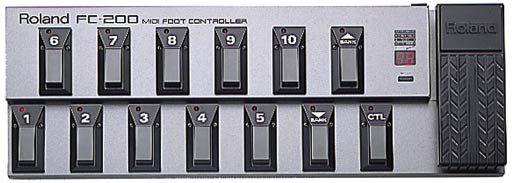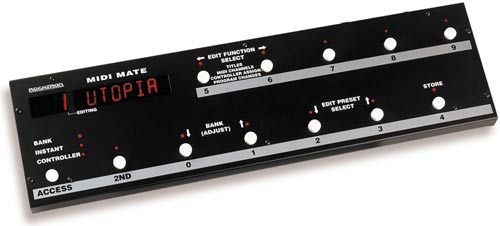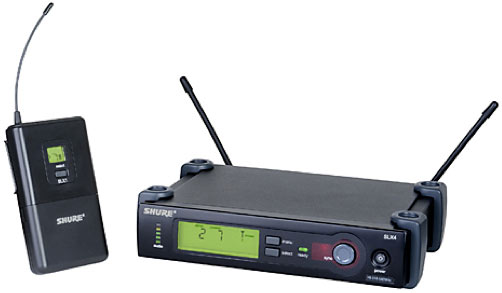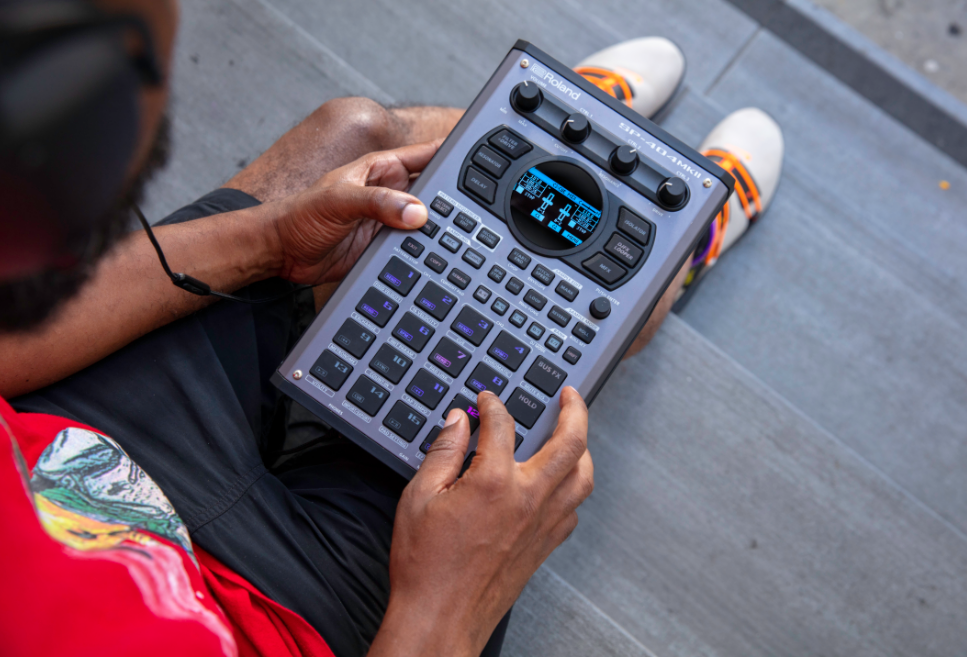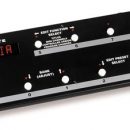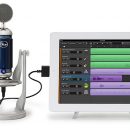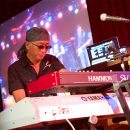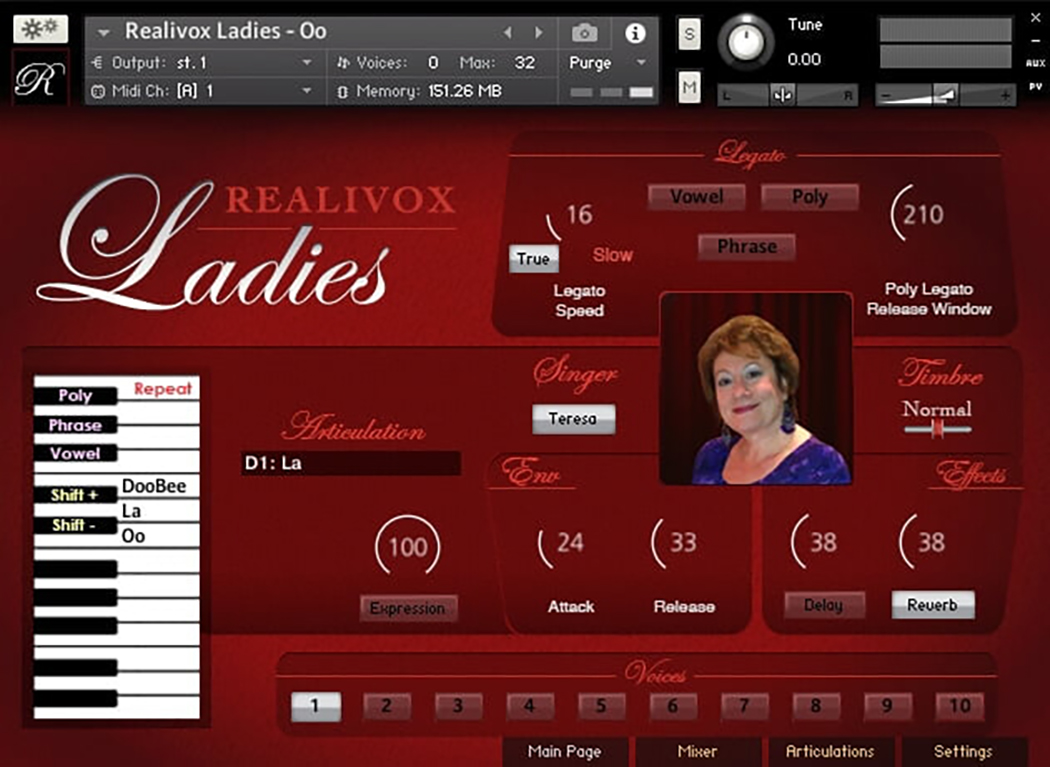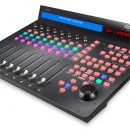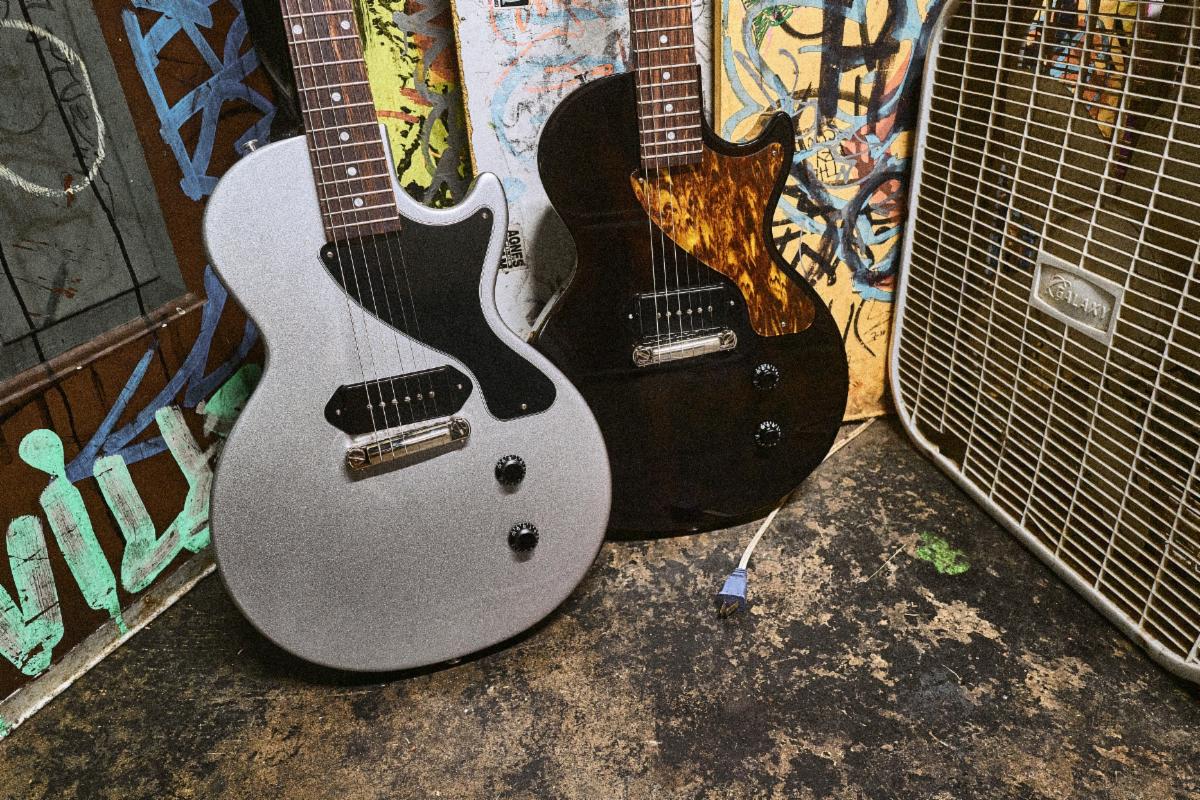The Roland FC-200 is a well-constructed and easy-to-use MIDI foot controller with a built-in expression pedal. We loved that it can use all thirteen pedals for sending Continuous Controller (CC) messages, and if this isn’t enough for you, six pedal inputs enable you to add more switches or expression pedals. Additionally, you can use the FC-200 to trigger MIDI notes on a keyboard, and the battery-power option is useful for gigging with rack equipment that lacks phantom power capabilities.
| Category | Value | Rating |
| Features | 20% | |
| Usability | 25% | |
| Documentation & Support | 10% | |
| Price | 20% | |
| OVERALL RATING = 3.0 3.6 stars or better: Outstanding, WIHO Award 3 stars or better: Worth considering 2 stars or better: Suited to specific needs 1 star or less: Not recommended |
||
There are a few limitations with this foot controller however, starting with the fact that it only controls a single MIDI device. Additionally, for optimal guitar performance use, you’ll need to add a Boss FS-5U switch pedal in order to toggle between Program Change and CC modes of operation.
The FC-200 works well, and we wouldn’t hesitate to use it for controlling a single complex piece of MIDI gear, but given its single-product limitation, the FC-200’s usefulness for some guitar players will be limited.
If you’re new to using MIDI foot controllers, we have an in-depth tutorial on the subject that you may wish to read before diving into our foot controller product reviews.
Click here to read our MIDI foot controller tutorial.
Features
Control of a single MIDI device. While this will be limiting for some complex guitar racks, if you just need to control a single multi-effects processor, the FC-200 works very well.
All thirteen buttons can be used for sending MIDI CC messages. When in Program Change mode, a single button remains usable for CC messages – convenient if you prefer to use the controller primarily for Program Changes but always need access to your Tap Tempo, for example. The expression pedal is active in both modes of operation.
Six input jacks can be used for additional expression pedals or momentary/latching switches, but considering the FC-200 only controls a single instrument and already has thirteen usable CC switches (plus one built-in expression pedal), this feature is overkill for guitar purposes.
Battery powered! Unfortunately, the FC-200 lacks phantom power capabilities, but if you don’t want to bring its wall-wart power supply along to a gig, you can run the foot controller from six AA batteries. An “economy” power mode dims the display to conserve battery power.
Automatically configured for use with the Roland GP-100 and Boss GX-700.
If you want to be like Rush’s Geddy Lee, you can use the FC-200 to trigger musical notes on your synths.
Usability
The FC-200 is easy to use, and we had no trouble controlling a TC Electronic G-Major and a Line 6 Pod XT Pro (individually) with it.
The foot controller starts out in Program Change mode, and there is a small button (requires a finger press – not your foot) that switches the FC-200 sequentially between four modes: Program Change mode, CC mode, Note mode (for playing a keyboard), and MIDI Exclusive mode (for communicating with devices that use MIDI sys-ex messages). Hitting the button again returns to the beginning – Program Change mode.
When using the FC-200 with a guitar rig, you only need the first two modes, and we consider it essential that if you use the FC-200, you spend an extra $30 to purchase a Boss FS-5U switch pedal. This pedal, plugged into a special “mode” jack, toggles the FC-200 between Program Change and CC mode.
By default, the switches on the FC-200 are configured for momentary operation (think of a sustain pedal on a keyboard), and it was reasonably straightforward to program the FC-200 so that the pedals operated in latch mode (traditional On/Off operation).
This configuration change is essential for controlling effect blocks and Tap Tempo functions in some non-Roland rack gear (see our tutorial for further details on this topic). For specialized needs, you can further configure individual pedals to operate in momentary or latching mode.
The display only has two digits, so visual information is abbreviated, and there is therefore no provision for naming your patches or setups. For guitar purposes, since the FC-200 only controls a single device, the simple display wasn’t a serious limitation for programming.
We loved having access to thirteen pedals for CC messages. With our G-Major, this gave us more than enough pedals to control all of our effects blocks plus the Tuner Mute, Tap Tempo, and Solo Boost functions.
Documentation and Product Support
The documentation provided with the FC-200 was excellent. It stepped us through easy procedures for most of our configuration efforts. Even musicians new to setting up MIDI devices should have little difficulty understanding the owner’s manual. We were up and running with our equipment in a matter of minutes thanks to the well-written owner’s manual.
Price
The Roland FC-200 ($449) typically sells for near $350. Considering its support of only a single device, we think the FC-200 is slightly overpriced compared to products with similar functionality.
Other Comments
If Roland’s next-generation foot controller were to include a larger alphanumeric display, support for controlling multiple MIDI devices, a built-in foot switch for toggling between Program Change and CC modes, and phantom power, it would be able to compete directly with the bigger foot controllers used by many pros.
Contact Information
Roland
www.rolandus.com
| Evaluation Short-List |
|

